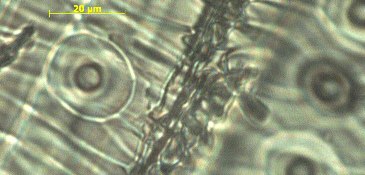Vitamin D insufficiency has deleterious consequences on health outcomes. In elderly or postmenopausal women, it may exacerbate osteoporosis.
Introduction
Few subjects have been the source of as much discussion in the medical community in recent years as vitamin D. Lack of vitamin D has well known direct effects on bone health. This occurs via the deregulation of calcium homeostasis and increased serum parathyroid hormone (PTH), which negatively affects bone remodeling by increasing bone resorption1–3. In elderly or postmenopausal women, this may exacerbate osteoporosis. Vitamin D insufficiency has a variety of causes (Table 1)4,5, including reduced endogenous synthesis, decreased availability, and concomitant diseases. The risk factors for vitamin D insufficiency are related to race, latitude, exposure to sunlight and ability to tan, and cultural attitudes to supplementation and general health6. The indications for screening include bone diseases, old age (particularly in case of falls or fracture), malabsorption syndromes, and certain medications (Table 1)4,5.


















